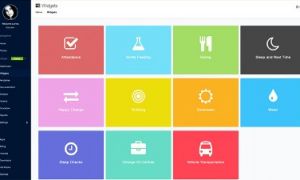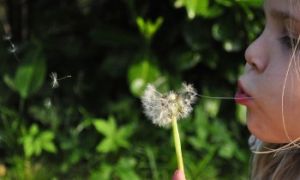Early childhood education is a dynamic and deeply relational field. Educators are constantly navigating children’s diverse needs, family expectations, and systemic requirements. To sustain quality practice, reflection is essential. Reflection allows educators to pause, analyze experiences, and adapt their approaches to better support children’s learning and well-being.
One powerful framework for reflection is Gibbs Reflective Cycle (1988). Widely used in education, healthcare, and professional development, it provides a structured way to think critically about experiences and plan for improvement. In early childhood, Gibbs Cycle helps educators move beyond surface-level observations to deeper insights about pedagogy, relationships, and environments.
Understanding Gibbs Reflective Cycle
The cycle consists of six stages:
-
Description—What happened?
Focus on the facts of the experience.
Example: A child refused to join group story time. -
Feelings— What were you thinking and feeling?
Acknowledge emotions and perspectives.
Example: The educator felt disappointed but also curious about the child’s reluctance. -
Evaluation—What was good and bad about the experience?
Identify strengths and challenges.
Example: Positive: the child showed independence. Negative: missed opportunities for social learning. -
Analysis – What sense can you make of the situation?
Explore underlying reasons.
Example: The child may feel overwhelmed in large groups or prefer one-on-one interactions. -
Conclusion—What else could you have done?
Consider alternative approaches.
Example: The educator could have offered a smaller group option or invited the child to help lead. -
Action Plan—If it happened again, what would you do differently?
Plan for future improvement.
Example: Next time, provide flexible participation choices and observe the child’s response.
Practical Applications in Early Childhood
1. Educator Reflection
- Scenario: Children argued over outdoor equipment.
- Action Plan: Introduce a visual timer and model turn-taking language.
- Outcome: Children learn self-regulation and conflict resolution strategies.
2. Guided Questions for Educators
- What worked well in today’s group experience, and what challenges arose?
- How did my emotions influence my response to children’s behavior?
- What strategies could I try next time to support inclusion?
3. Guided Questions for Children
- What was your favorite part of today, and why?
- How did you feel when you tried something new?
- What was tricky today, and how did you solve it?
- What would you like to try again tomorrow?
4. Documentation Example
- Learning Story: “Today, Mia used shells to count her friends at circle time. She showed persistence and joy in problem-solving.”
- Reflection (Educator): “Next time, I’ll extend this by introducing number cards to support her interest.”
Why Reflection Matters
- Encourages critical thinking in educators
- Builds emotional awareness in children
- Strengthens documentation practices (learning stories, journals, planner inserts)
- Supports continuous improvement in pedagogy and advocacy
Gibbs Reflective Cycle offers educators a structured yet flexible way to analyze experiences and plan for improvement. In early childhood education, it empowers practitioners to respond thoughtfully to challenges, celebrate successes, and design environments where children thrive. By embedding reflection into daily practice, educators not only enhance their own professional growth but also contribute to a culture of quality, inclusion, and joy in early learning.
Further Reading
Child Theorists and Their Theories in Practice
Linking Theories To The EYLF
How To Apply Theorists In Observations
Incorporating Theorists Into Early Childhood Documentation
Q: Do We Have To Add Theorists To Our Documentation?
Child Theorists Posters
Early Childhood Theory Cheat Sheet For Documentation
Activities That Link To Educational Theories
Child Theorists and Their Practices
Linking Theories To The Developmental Milestones


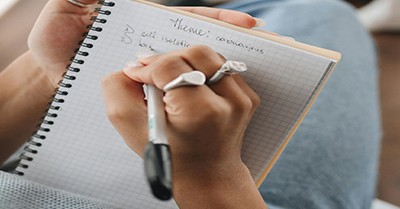
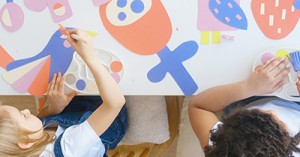
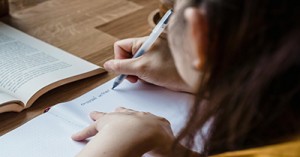

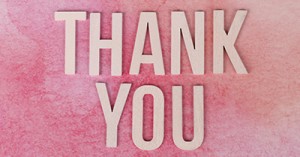
 Here is the list of the EYLF Learning Outcomes that you can use as a guide or reference for your documentation and planning. The EYLF
Here is the list of the EYLF Learning Outcomes that you can use as a guide or reference for your documentation and planning. The EYLF The EYLF is a guide which consists of Principles, Practices and 5 main Learning Outcomes along with each of their sub outcomes, based on identity,
The EYLF is a guide which consists of Principles, Practices and 5 main Learning Outcomes along with each of their sub outcomes, based on identity, This is a guide on How to Write a Learning Story. It provides information on What Is A Learning Story, Writing A Learning Story, Sample
This is a guide on How to Write a Learning Story. It provides information on What Is A Learning Story, Writing A Learning Story, Sample One of the most important types of documentation methods that educators needs to be familiar with are “observations”. Observations are crucial for all early childhood
One of the most important types of documentation methods that educators needs to be familiar with are “observations”. Observations are crucial for all early childhood To support children achieve learning outcomes from the EYLF Framework, the following list gives educators examples of how to promote children's learning in each individual
To support children achieve learning outcomes from the EYLF Framework, the following list gives educators examples of how to promote children's learning in each individual Reflective practice is learning from everyday situations and issues and concerns that arise which form part of our daily routine while working in an early
Reflective practice is learning from everyday situations and issues and concerns that arise which form part of our daily routine while working in an early Within Australia, Programming and Planning is reflected and supported by the Early Years Learning Framework. Educators within early childhood settings, use the EYLF to guide
Within Australia, Programming and Planning is reflected and supported by the Early Years Learning Framework. Educators within early childhood settings, use the EYLF to guide When observing children, it's important that we use a range of different observation methods from running records, learning stories to photographs and work samples. Using
When observing children, it's important that we use a range of different observation methods from running records, learning stories to photographs and work samples. Using This is a guide for educators on what to observe under each sub learning outcome from the EYLF Framework, when a child is engaged in
This is a guide for educators on what to observe under each sub learning outcome from the EYLF Framework, when a child is engaged in The Early Years Learning Framework describes the curriculum as “all the interactions, experiences, activities, routines and events, planned and unplanned, that occur in an environment
The Early Years Learning Framework describes the curriculum as “all the interactions, experiences, activities, routines and events, planned and unplanned, that occur in an environment
